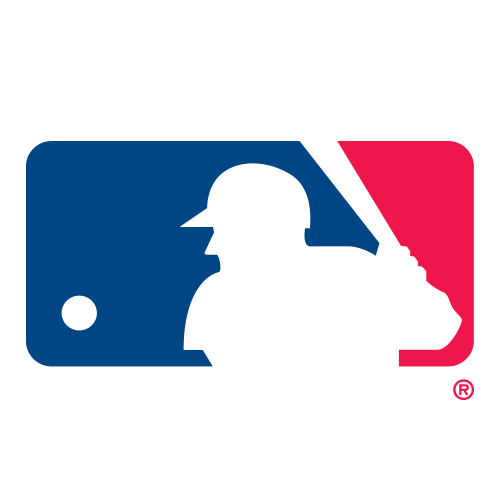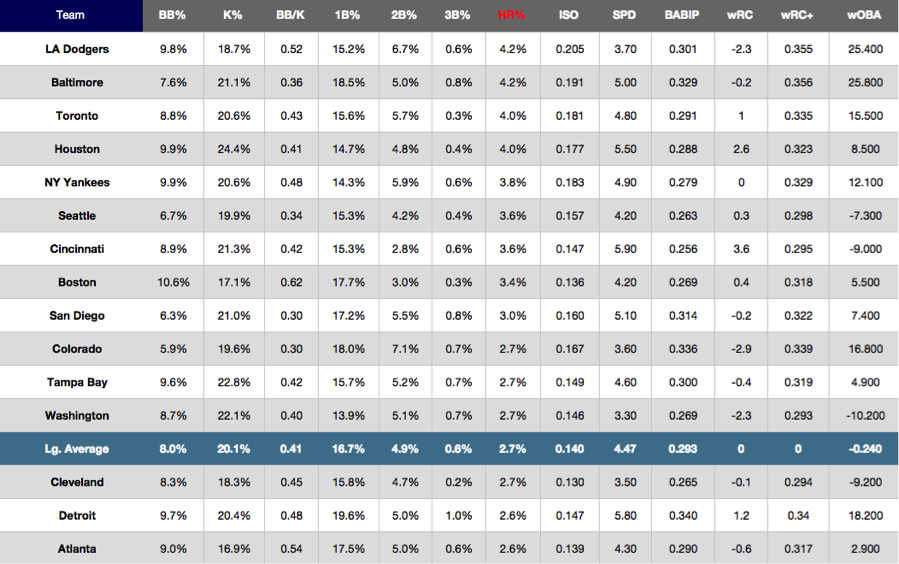

We need the raw data on our own computers, so we can manipulate it in ways that B-R never thought of.

(If you want the details, you have to subscribe, but the overwhelming majority of the information on the site can be had for free.)įor those of us who want to do more complicated things, Baseball Reference, awesome as it is, just isn’t enough. Want to know Joe Morgan’s longest consecutive streak of games where he came to the plate at least twice? The answer: 235 games. You can also do absurdly specific searches. Not only do you get the regular Bill-Terry’s-batting-average data, but you also get a large selection of sabermetric stats, breakdowns by tens of different criteria (left/right, day/night, April/September, and so on), and the ability to manipulate the data in ways that other websites don’t allow. That site has pretty much rendered printed baseball encyclopedias obsolete. As a result, and not surprisingly, much of the groundbreaking research these days has to do with pitch analysis.Įasily the best source for precalculated historical statistics is (B-R). That is, for every pitch thrown by any pitchers in MLB, they’ll tell you the type of pitch, where it crossed the plate, and how much it broke vertically and horizontally. The main attraction of the MLB website is that it provides PITCHf/x data. MLB’s website provides copious statistical data, sortable and printable, updated instantly as games progress. My four favorites - in rough order of increasing detail - are: There is no shortage of almost any kind of data.

James found that he had to keep compiling those stats even into the 1980s famously, in his 1981 book, he reprinted a letter from the Chicago Cubs refusing to provide him with such “intelligence-type” stats. At the time, Bill marketed his book as “featuring 18 categories of statistical information that you just can’t get anywhere else.” When Bill James started writing his self-published Baseball Abstracts back in the late 1970s, he had to compile situational statistics himself, from the daily box scores, without a computer. But if you wanted more esoteric statistics, like Joe Morgan’s career performance with the bases loaded, you were out of luck. Some things weren’t too bad - if you wanted to know Bill Terry’s batting average in 1933, there were two encyclopedias, Macmillan and Neft/Cohen, that would tell you. Back in the beginning days of sabermetrics, data was hard to come by.


 0 kommentar(er)
0 kommentar(er)
